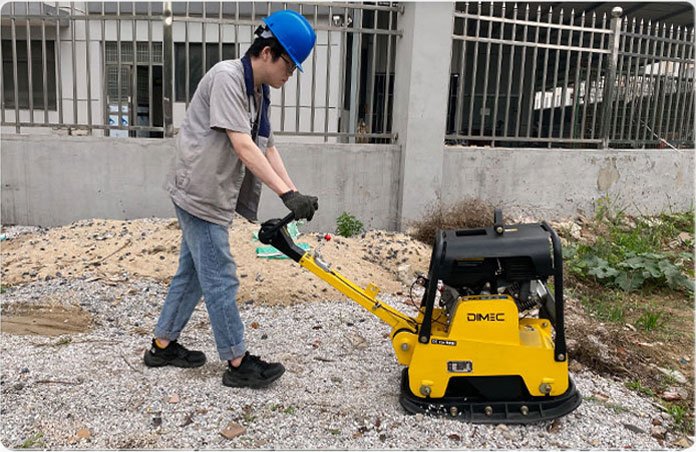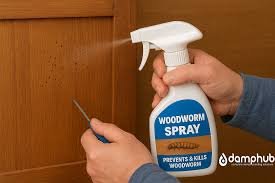When it comes to construction and landscaping projects, a plate compactor is an essential tool for achieving a solid, level base. However, with numerous options on the market, selecting the right plate compactor that meets your specific needs can be a daunting task. This guide will help you navigate the selection process by outlining the key factors to consider.
1. Understand the Types of Plate Compactors
Plate compactors come in various types, each designed for specific applications. Knowing the differences can help you choose the right one:
- Reversible Plate Compactors: These allow operators to move both forward and backward, making them ideal for tight spaces and intricate work. They are perfect for landscaping and small jobs.
- Single Direction Plate Compactors: These are designed for forward movement only and are typically used for larger areas. They are great for compacting soil, gravel, and asphalt.
- Vibratory Plate Compactors: These utilize vibration to compact materials effectively and are commonly used for soil and gravel compaction.
Understanding the type that best suits your project will set the foundation for your selection.
2. Assess the Size and Weight
The size and weight of the plate compactor significantly affect its performance and usability. Heavier models provide more compaction force, making them suitable for dense materials like asphalt. However, if you are working in confined spaces or require portability, a lighter model may be more appropriate.
- Weight Range: Most plate compactors weigh between 100 to 400 pounds. Lighter compactors (under 200 pounds) are easier to maneuver, wacker neuson plate compactor, while heavier models offer greater compaction.
- Plate Size: The width of the plate impacts how quickly you can cover an area. Wider plates can compact larger areas faster but may be harder to control in narrow spaces.
3. Check the Compaction Force
The compaction force is a crucial factor that determines how effective the plate compactor will be. It is usually measured in pounds per square foot (PSF). Higher compaction force means better performance, especially for tougher materials.
- Light Duty Compaction: For granular soil and light-duty projects, look for a compaction force of 2,000 to 3,000 PSF.
- Heavy Duty Compaction: For more demanding tasks like asphalt or clay, a force of 4,000 PSF or more will be necessary.
Make sure to choose a model that matches the compaction needs of your specific project.
4. Evaluate Engine Power
The engine power of a plate compactor influences its efficiency and performance. Most models come equipped with either a gasoline or diesel engine. Consider the following:
- Gasoline Engines: Typically lighter and easier to maintain, they are suitable for smaller jobs and residential applications.
- Diesel Engines: More powerful and ideal for heavy-duty work, these engines are usually found in larger, more robust models.
Additionally, check the horsepower rating, as it directly impacts the compactor’s performance.
5. Consider Operating Features
Modern plate compactors come with various operating features that enhance usability and effectiveness. Some features to look for include:
- Vibration Dampening: Reduces vibrations transmitted to the operator, making the machine more comfortable to use over extended periods.
- Easy Start Mechanism: Look for models with reliable starting mechanisms, such as recoil starters or electric start options.
- Adjustable Handles: An adjustable handle can improve comfort and control, especially for operators of different heights.
6. Look for Durability and Build Quality
A durable plate compactor will withstand the rigors of frequent use and harsh job site conditions. Check for:
- Material Quality: Look for compactors made from high-quality materials, such as heavy-duty steel, which can resist wear and tear.
- Warranty and Support: A good warranty indicates the manufacturer’s confidence in their product. Check for long-term support and availability of replacement parts.
7. Budget Considerations
Finally, while it’s tempting to go for the cheapest option, consider the long-term value of your investment. Higher-quality models may cost more upfront but often save you money through durability and performance.
- Budget Range: Set a budget that includes not only the purchase price but also maintenance costs, fuel, and potential repair expenses.
Conclusion
Choosing the right plate compactor involves understanding your project requirements, including the type of work, materials, and operating conditions. By assessing the types, size, compaction force, engine power, features, build quality, and budgetary constraints, you can make an informed decision that meets your needs. Investing the time in selecting the right equipment will lead to better results and a more efficient working process.


